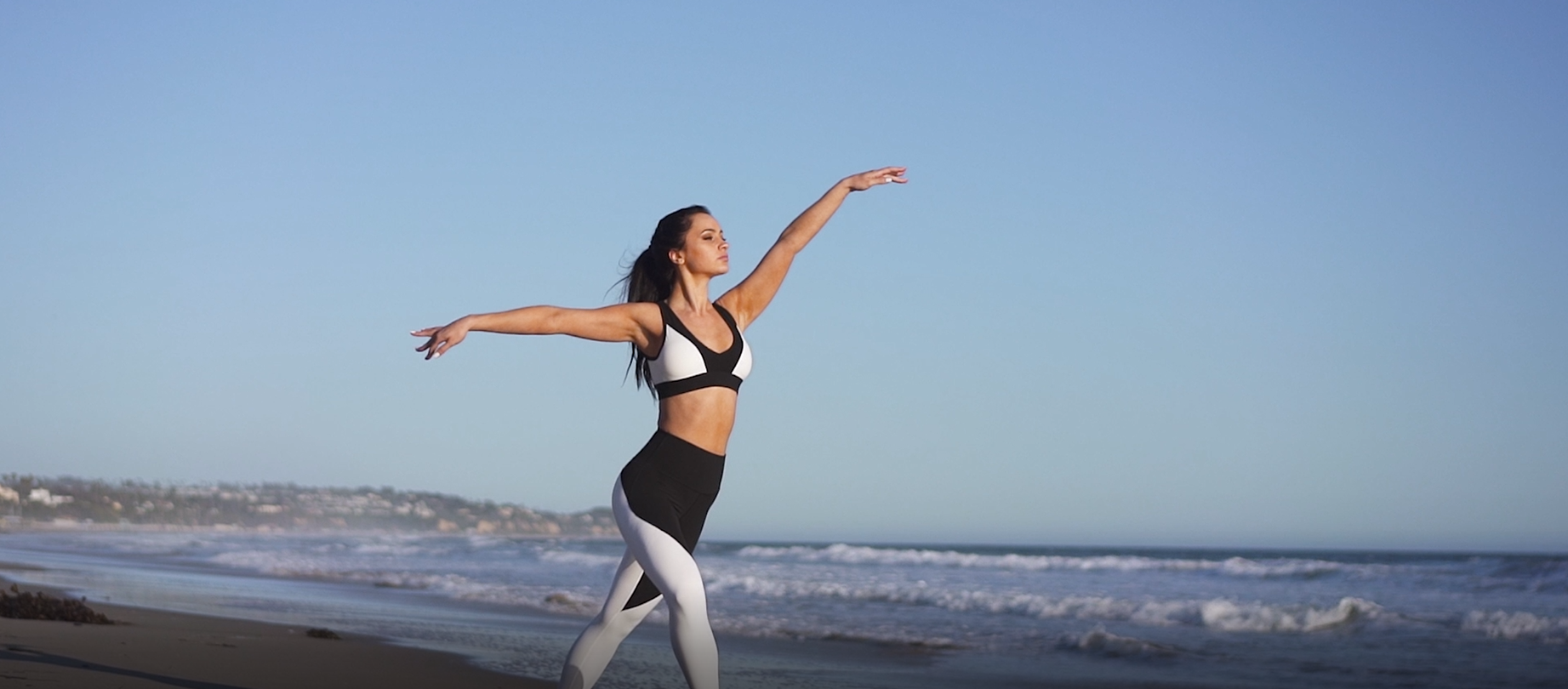
How to Choose the Right Fit Sports Bras?
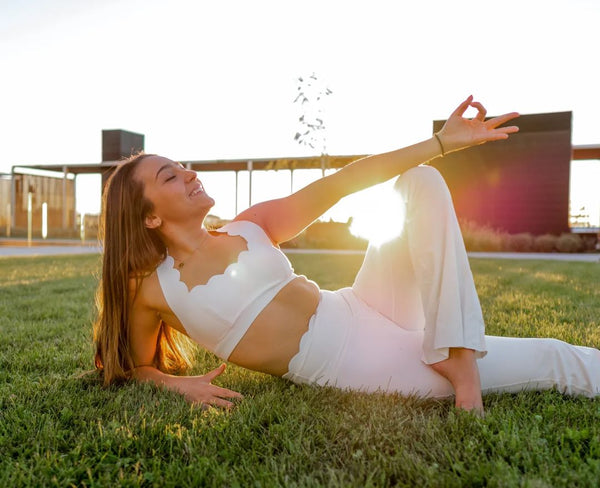
Various studies and surveys reveal that over 80% of women wear the wrong bra size. You may be one of them if you tend to fall flat for attractive patterns and flashy colors when shopping for sports bras. Chances are that you are purchasing the wrong bra size, which can lead to breast soreness and sagging. It does not have to be like that; you can learn to find your right fit.
Finding the best spots bra is critical to cutting the movement in half. From construction to fitting, below, you will find everything you need to know to pick the right bra. Wiskii is all about helping you find the right gym athleisure.
Why Is It Important to Have a Good Sports Bra?
Cooper's ligaments are thin, delicate strands of connective tissue supporting your breasts. The pectoralis major and minor muscles sit behind the breasts, providing no breast support at all.
In simpler terms, your breasts virtually do not have any support. For that reason, breasts move vertically, horizontally, and laterally during exercise, according to research. Breast movement traces a pattern in figure 8 when it moves in all directions/ planes.
Studies reveal that unsupported breasts move approximately 4 cm when walking and 15 cm when running. The typical breast movement measurements further increase with breast size. It explains the uncomfortable and painful breast movement that women increase during high-impact exercises like running, skipping, jumping, etc.
Besides discomfort and pain, exercise can also cause irreversible stretching of Cooper's ligaments supporting the breasts and the skin around breast tissues. Exercising without a supportive bra can lead to saggy breasts.
Ill-fitting bras are unhelpful. However, the good news is that a supporting and correctly fitting sports bra from wiskiiactive can change the game. They help decrease breast movement, thus, reducing breast pain symptoms and the risk of sagging.
Types of Sports Bras
Before heading out to shop, you must know the different types of sports bras.
Compression sports bras compress your breasts against the chest wall, helping to restrict movement. They are pull-on garments without hooks; they also do not have cups for keeping the breasts apart. Compression bras are non-adjustable and are available in regular small to large sizes, without cup size specification.
Encapsulation sports bras have individual cups surrounding each breast to provide support and give a lifting effect. The cups help keep the breasts apart with the help of underwire, molding, or seaming. These bras have traditional hooks and clasps at the back and come in various cup or band sizes.
Combination sports bras combine the benefits of compression and encapsulation sports bras to provide extra breast support. The technique uses cups for individual breast support while compressing your breasts against the chest wall.
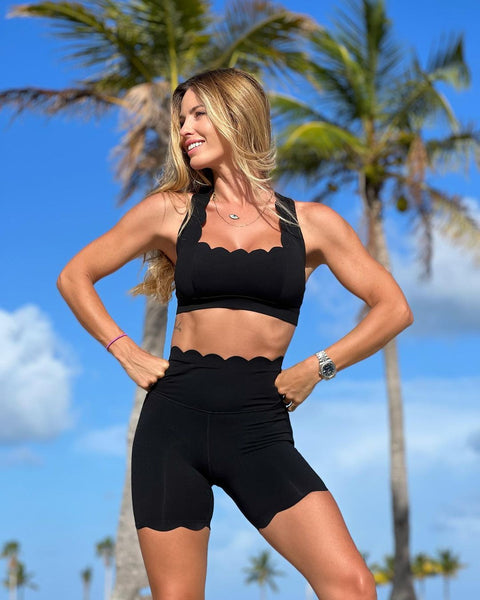
How to Choose the Best Sports Bra for You
Now that you probably know the right type let us see how you can pick the best sports bra.
Find Your Bra Size
Finding your correct bra size is the first step to buying the perfect-fitting sports bra. If you have not measured your breasts lately, here is a simple guideline.
Start by wearing a non-padded bra that does not change your breasts' natural shape and grabbing a soft tape measure. You can also measure your bra size naked.
Measure your rib cage: Wrap the tape measure around your ribcage, right under the bust. Round off the measurement to the closest inch.
|
Rib Cage Measurement |
Band Size |
|
25 to 27 inches |
30 |
|
27 to 29 inches |
32 |
|
29 to 31 inches |
34 |
|
31 to 33 inches |
36 |
|
33 to 35 inches |
38 |
|
35 to 37 inches |
40 |
|
37 to 39 inches |
42 |
|
39 to 41 inches |
44 |
Find your band size: Use the chart guide to figure out your size.
Figure out your cup size: Finding your cup size involves two steps. First, you want to wrap the tape measure around your bust's fullest part. Next, subtract the two measurements. The difference in inches is your cup size.
|
Difference between ribcage and bust measurements |
Cup size |
|
3 inches |
AA |
|
4 inches |
A |
|
5 inches |
B |
|
6 inches |
C |
|
7 inches |
D |
|
8 inches |
DD |
|
9 inches |
E |
|
10 inches |
F |
Pick the Right Level of Support
Sports bras have different support levels, including low, medium, and high impact.
Low to Medium Impact Sports Bras: These sports bras are excellent for impact activities like strength training, yoga, and walking. They may also be suitable for medium-impact activities like cycling, skiing, and dancing. The construction for these bras features a cup-less design that essentially compresses the breasts.
High-Impact Sports Bras: As the name implies, high-impact sports bras are excellent for high-impact activities like running, mountain biking, and aerobics. The construction of these bras features a defined cup structure similar to regular bras. They provide maximum support, encapsulating and compressing the breasts.
Determining Whether a Bra is Your Perfect Fit
Now that you have become familiar with the theoretical part of finding the best sports bras let us move on to practicality.
Cups
Ideally, a sports bra's cups should cover each breast to prevent them from moving upwards and sideways.
- Too small: cups cutting into flesh or breasts spilling out
- Too big: gaps or baggy cup fabric
Straps
Ideally, the straps should feel comfortable and secure yet snug. Check the distance between your shoulders and the straps to see if they fit you right. It should not be more than two fingers.
- Too tight: straps digging into the shoulders
- Too loose: straps falling off the shoulders
Band
The sports bra's band should wrap snugly around your rib cage. Ideally, you should be able to comfortably fit two fingers between the band and your back.
- Too small: back bulges
- Too big: band rides up or gapes when lifting the arms
THE TEST!
Test out the sports bras by mimicking an activity while wearing them. The best sports bra will support your breasts, reduce movement, and feel comfortable.
A Few Additional Tips
Here are a few additional tips to help you find the right sports bra fit.
- Watch Out for Gaps: Ideally, the underwire should lay flat against your rib cage, below your breasts. It should not dig in or pinch.
- Avoid Tight-Feeling Bras: Your sports bra should feel snug around your breasts but not restricting.
- Move to Another Option If the Fabric is Wrinkly: Remember that wrinkles in your bra are a bad sign; each cup should look and feel smooth.
Bottom Line
A well-fitting and supportive bra is a necessity- absolute and non-negotiable! Whether you are an A or double D cup, your breasts need optimal support to fight gravitational forces. The stakes are incredibly high during exercise, after all. When working out, breasts typically trace a butterfly pattern, moving up and down and sideways.
The best sports bras help reduce breast movement during exercise while making your breasts secure and comfortable. WISKII is your go-to place for stylish, comfy, and perfect-fitting athleisure. We have a wide range of sports bras that provide excellent support and reduce excessive breast movement.


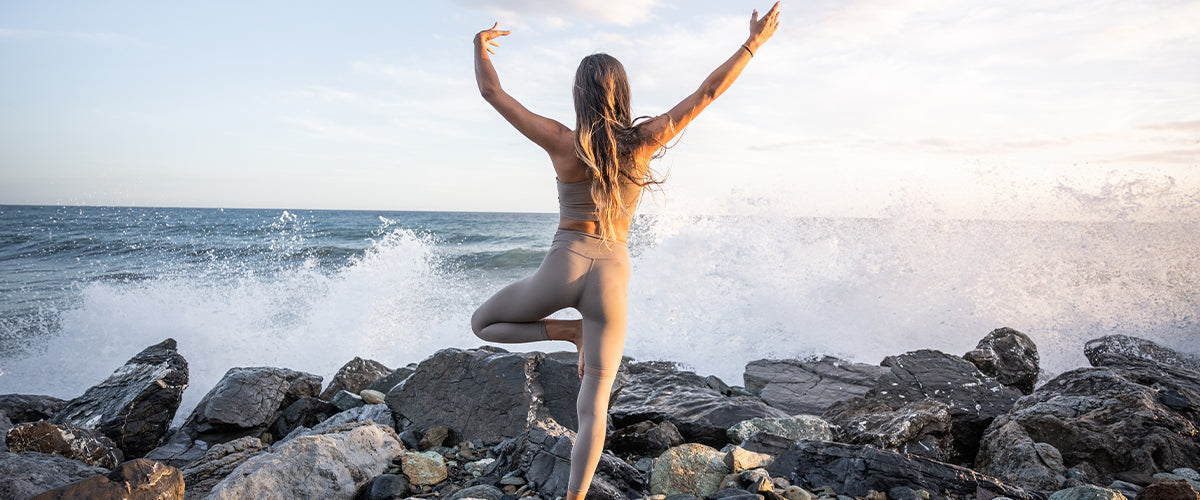
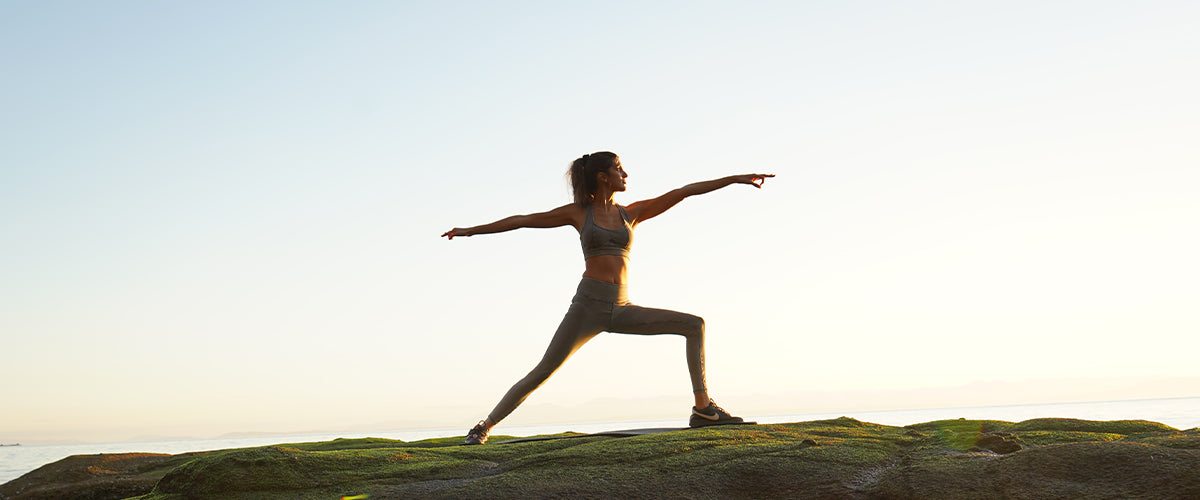
Leave a comment
This site is protected by hCaptcha and the hCaptcha Privacy Policy and Terms of Service apply.